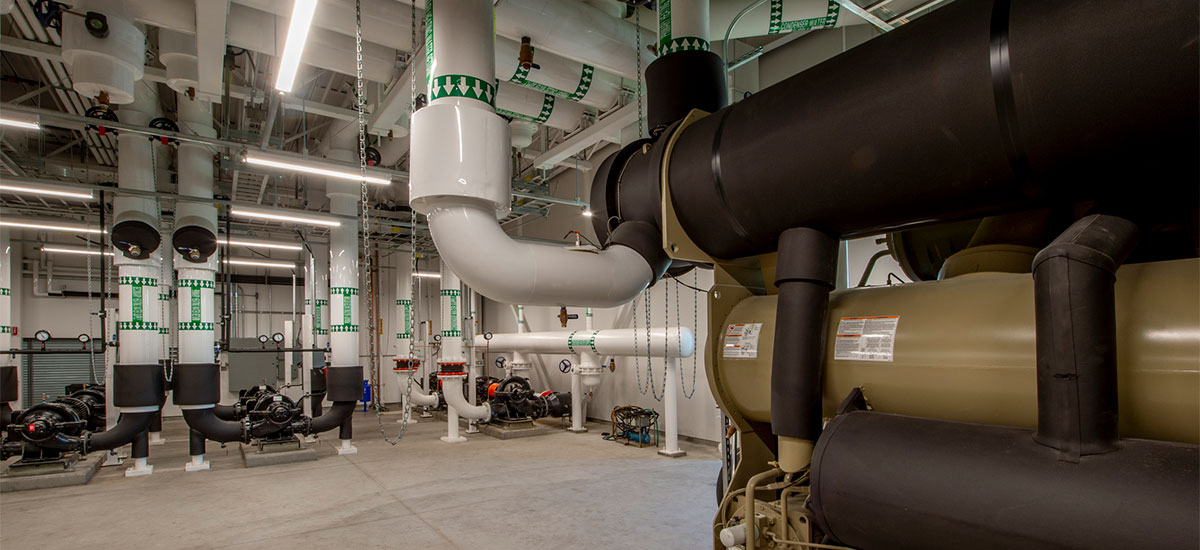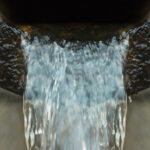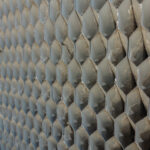
Nitrate-Based Closed Loop Treatment Programs
This article is Part 1 of 3 of a series on nitrite closed loop treatment programs.
About Sodium Nitrate
Sodium Nitrite has been used as a corrosion inhibitor for closed loop water systems for many years. Sodium Nitrite functions as an anodic corrosion inhibitor in much the same manner as chromate and molybdate. As an anodic corrosion inhibitor nitrite works to form a protective gamma iron oxide film on the metal surface. This layer is formed by the reaction of nitrite and dissolve oxygen and then kept in repair by the nitrite alone. Nitrite is not consumed to any practical extent since little is needed to from this film. It is this film that protects the metal surface from corrosive attack.
Sodium Nitrite offers excellent corrosion protection for ferrous metals. Nitrite functions best when used in the pH range 9.0-10.5 and formulations for closed systems often make use of borate buffers. In addition to buffering the pH into the desired range, borates promote passivation by facilitating the absorption of oxygen, and also provide some microbiological control. The concentration of nitrite required for inhibition increase with temperature.
Sodium Nitrite is not considered a good corrosion inhibitor for copper or copper alloys.
Concerns with nitrate
Nitrite converts to nitrate when exposed to oxygen. It is also susceptible to microbiological attack. It not recommended for open systems or where exposure to air is present (open tanks or sumps and cold storage systems).
Compatibility concerns
Sodium Nitrite is an oxidizing agent and is not compatible with reducing agents such as sodium sulfite. It also has reduced effectiveness when chlorides and sulfides are present in the water, unless the dosage of nitrite is increased. In general, maintain no less than 500 ppm of sodium nitrite (preferably 1000 ppm), keeping levels of at least 350 ppm above the total concentration of chloride and sublet present in the closed loop system.
Biological concerns
The reactions that affect nitrite are controlled by varying forms of bacteria. Some fungi and other forms of microorganisms have the ability to react with other forms of Nitrogen. The nitrite ion (NO2-) is included either as a primary food source or as an intermediate food source in a number of autotrophic reactions. Within the context of the Nitrogen Cycle there are three microbiological processes that are relevant to the use of Sodium Nitrite as a corrosion inhibitor in closed recirculating water systems.
In Part 2, we will dive deeper into the nitrogen cycle and how it can impact nitrite based programs.
If you have questions about your closed loop system’s treatment program, contact us today.
Download the Sodium Nitrate Guide



